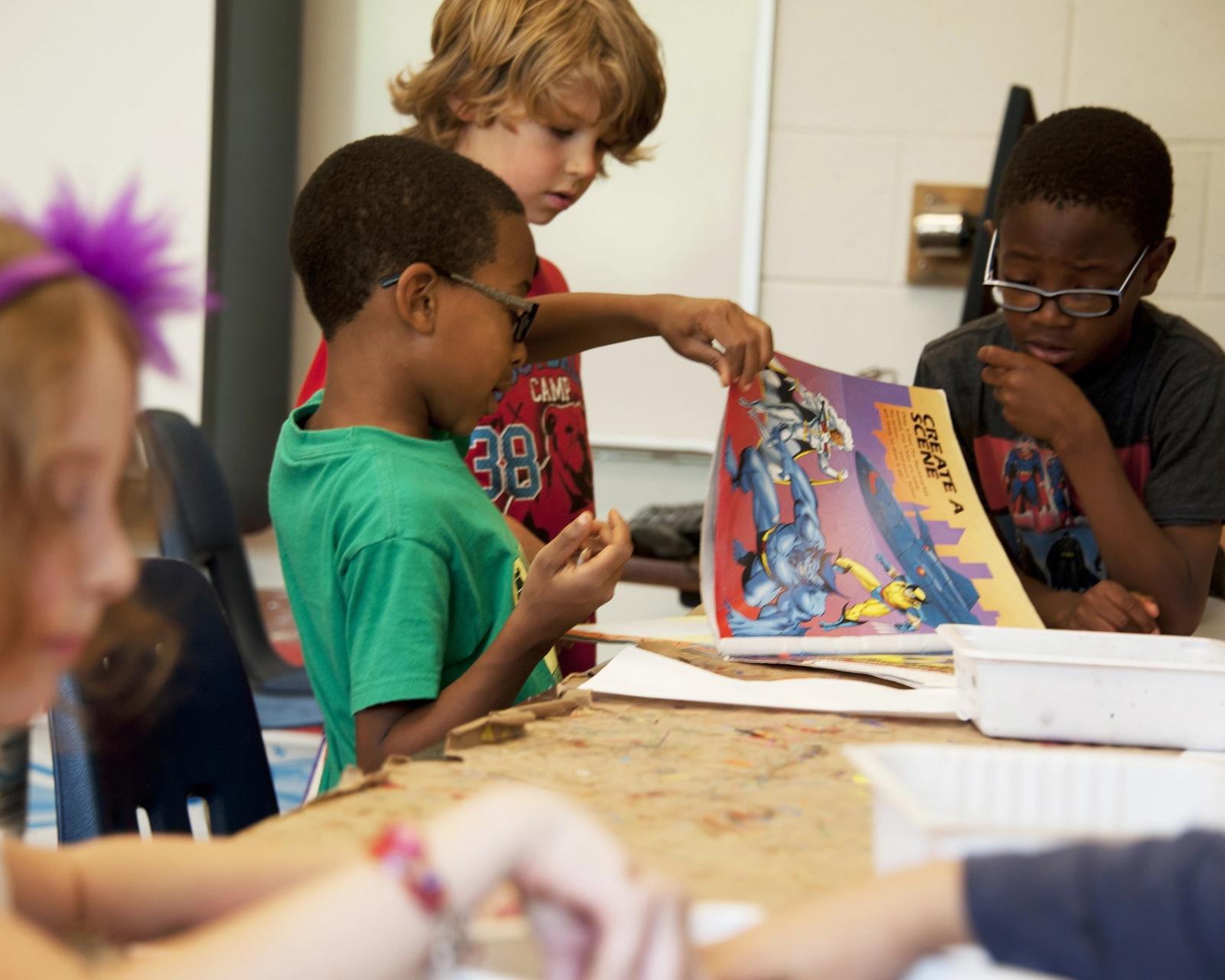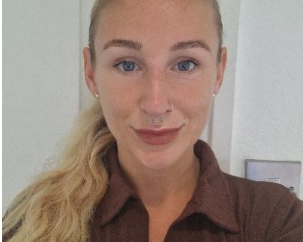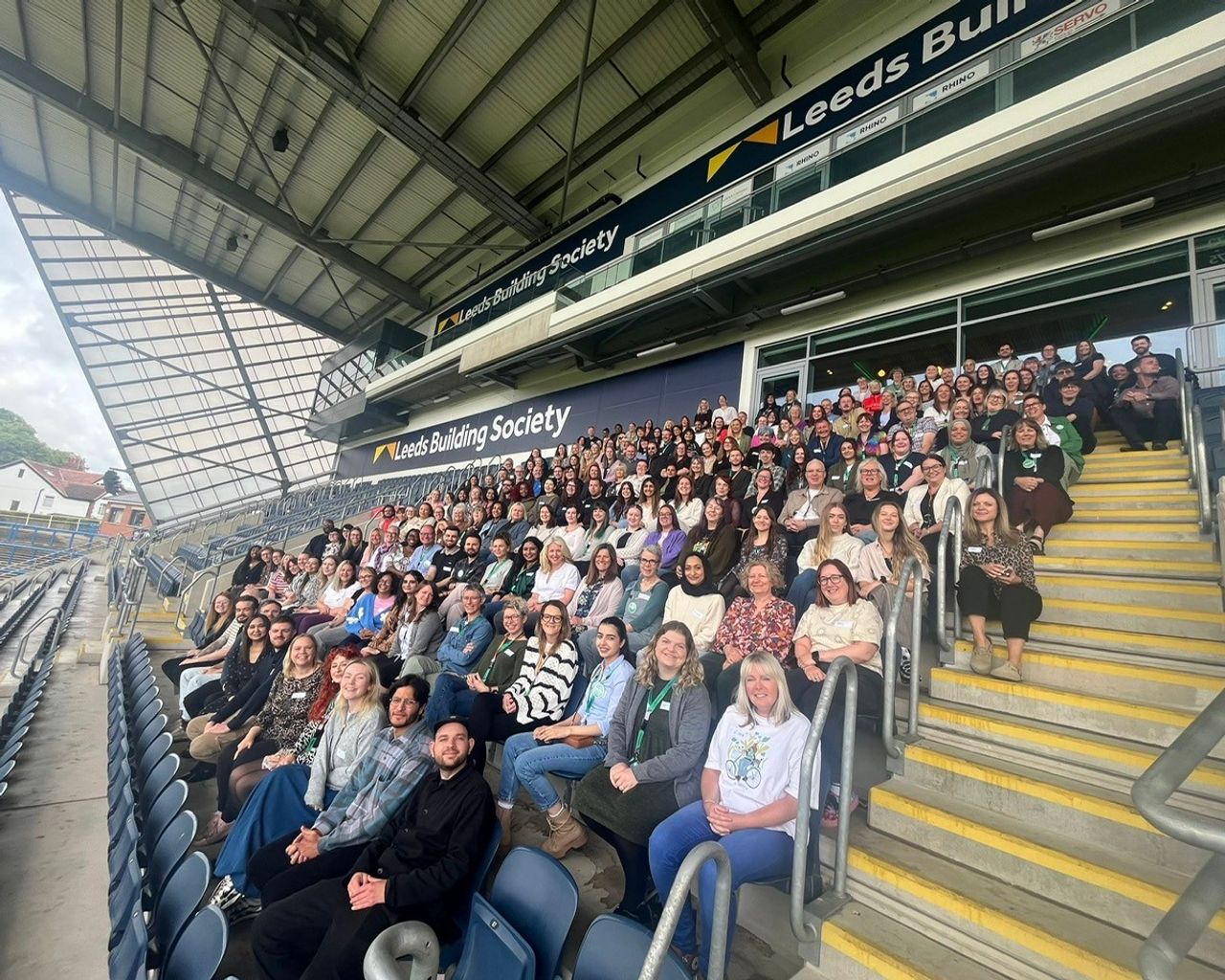Over the past few years, the importance of mental health education in schools has become increasingly evident. With that, there has been a growing recognition of the need for workshops that truly engage children, and reflect their needs.
By listening to young people’s feedback, I have been exploring ways to enhance these workshops to make them more engaging, relevant, and valuable for pupils.
Bringing pupils into the process
A significant part of my role as a Mental Health in Schools Practitioner involves delivering emotional wellbeing workshops to primary and secondary school pupils in Calderdale.
After four years in this role, I had gained an understanding of the workshops’ impact, and saw an opportunity to enhance them by incorporating fresh perspectives and ensuring they reflected the needs of young people. I wanted to bring the voices of pupils into the design process, making their input a key part of the workshop experience.
I reached out to local primary schools where I had delivered workshops previously, inviting them to take part in a co-production project. We set up small focus groups – one for Year 3 and 4 pupils, and another for Year 5 and 6 pupils – to review the existing workshop content and structure.
A collaborative approach
These discussions gave pupils the space to openly share their thoughts. We explored what they liked about the workshops, what they found useful, and what aspects they felt needed improvement. From there, they worked in small groups to suggest changes that would make the sessions more engaging and beneficial for them.
"I wanted to bring the voices of pupils into the design process, making their input a key part of the workshop experience."
The feedback was insightful and incredibly valuable. Pupils acknowledged the importance of interactive elements, including games, videos, and creative activities. They also shared that not everyone felt comfortable talking about their feelings in front of the whole class, preferring smaller group discussions instead. As a result, I adapted the workshops to incorporate more opportunities for small group and partner-based activities.
One of the key changes was introducing more creative exercises. Based on the pupils’ feedback, I designed a ‘poster project’ where pupils could work with a partner to explore an emotion, detailing how it feels and ways to support someone experiencing it. For older pupils, we introduced ‘chatterboxes’ – interactive fortune tellers that included coping strategies for managing difficult emotions.
Reducing barriers to engagement
Beyond workshop content, the focus groups also provided valuable insight into how pupils engaged with post-session resources. While activity packs were previously provided after each workshop, pupils shared that they would benefit more from resources that were easier to revisit and incorporate into their daily routines.
I sent these resources to schools, so they could use them in a more meaningful way. Teachers can revisit these activities later in the week, helping pupils to apply what they learned in a way that feels natural and supportive.
Pupils shared that having a takeaway resource would help them remember the support services and wellbeing tips discussed at the end of workshops. I collaborated with our creative team to design a top tips leaflet for Year 5 and 6 pupils, and a further support leaflet summarising key advice. This gives young people a handy resource they can revisit whenever they need a reminder or extra support.

Making meaningful impact
Although this was a small and informal co-production project, it has had a meaningful impact. The feedback from pupils shaped improvements to the workshops, making them more engaging and accessible. Going forward, this approach will continue to inform our workshop design, ensuring young voices remain at the heart of what we do.
Guest blog written by Alice Lilley, our Mental Health in Schools Practitioner



